SF landlords dropping big cash to turn garages into pricey apartments
In one of the latest bids to capitalize on San Francisco’s pricey rental market, some San Franciscans are converting the garages of apartment buildings into apartments in an effort to make more money. But doing so may not be the financial boon some of these landlords were hoping for due to high, sometimes unforeseen, costs.
Some San Franciscans are sinking hundreds of thousands of dollars into converting their garages into apartments, otherwise known as accessory dwelling units, or ADUs, and renting them out at market rates, according to four real estate agents. And while the trend has been reported, several experts questioned whether it was worth the money.
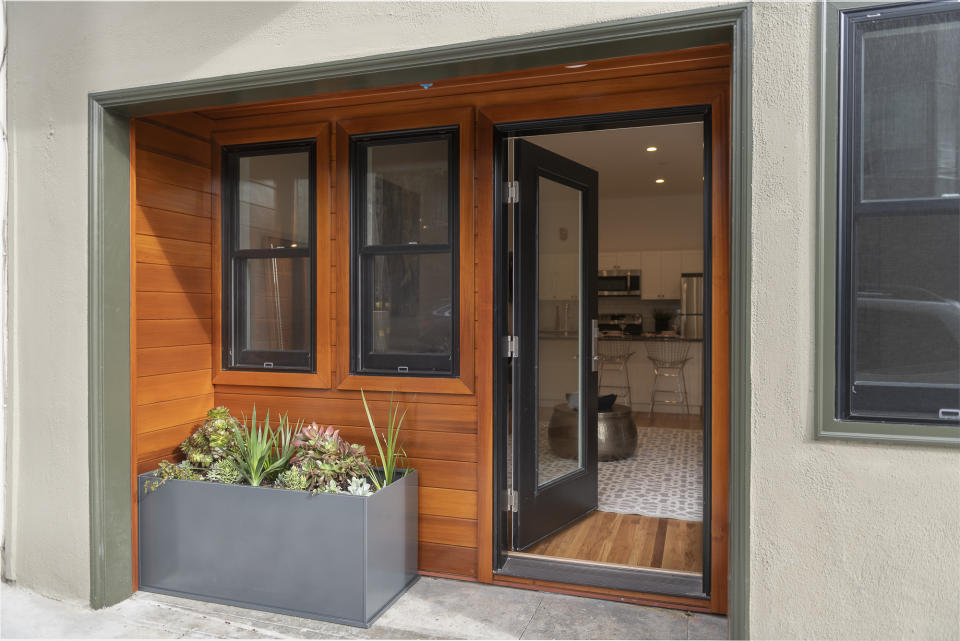
Given San Francisco’s reputation as one of (if not the most) expensive cities to rent, it should come as little surprise that converted apartments are taking off.
“San Francisco is such a poster child of disappearing — or fully disappeared — housing affordability,” explains Igor Popov, the chief economist for apartment listings site Apartment List of the phenomenon.
Why take up all that space with a car?
That’s partly why Nina Hatvany, a San Francisco-based real estate agent and building landlord, is in the process of renovating 18 ADUs into apartments across six buildings in the city owned by Hatvany and her family.
“With the advent of Uber, it's like, well, how dare you, you know, park a car in a garage, and take up all the space,” offers Hatvany.
For Hatvany and her family, it’s been a slow, three-year process converting these units into habitable apartments. Construction has been bogged down with unexpected expenses, including retrofitting windows and improving the building foundation. Hatvany has also had to grant existing tenants in those buildings the occasional concession on heat and water due to construction issues. Existing tenants who were not promised parking at the time of signing must rely on street parking. (Meanwhile, parking cannot be severed from an existing tenant’s lease, so if a tenant insists on keeping their parking, there is nothing to be done until the tenant’s lease ends and the tenant moves out.)
In total, Hatvany says she’s spending roughly $400,000 per unit, versus the $80,000 she and her family might spend to transform a small studio from “shabby” to “nice.”
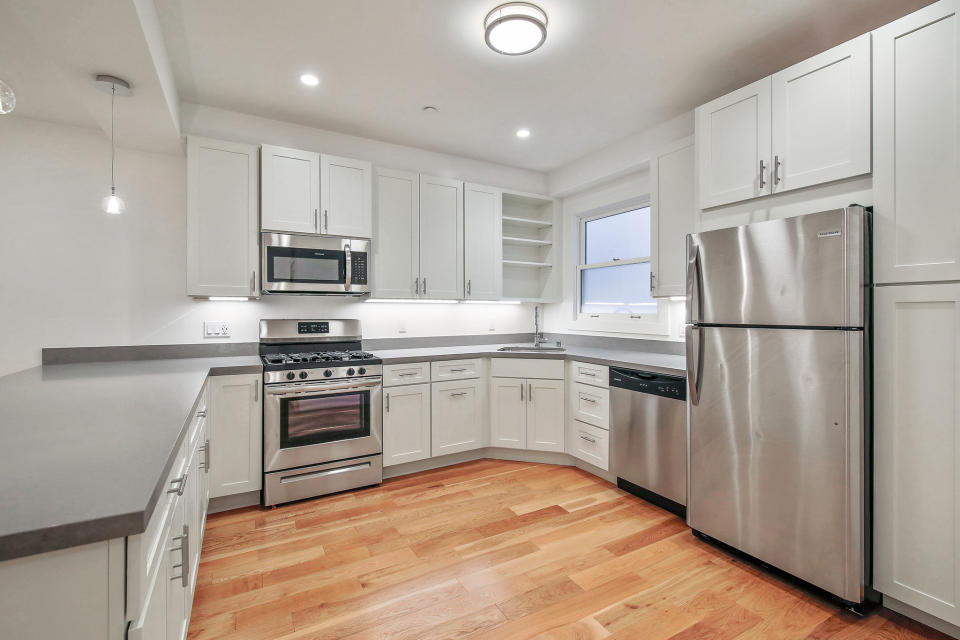
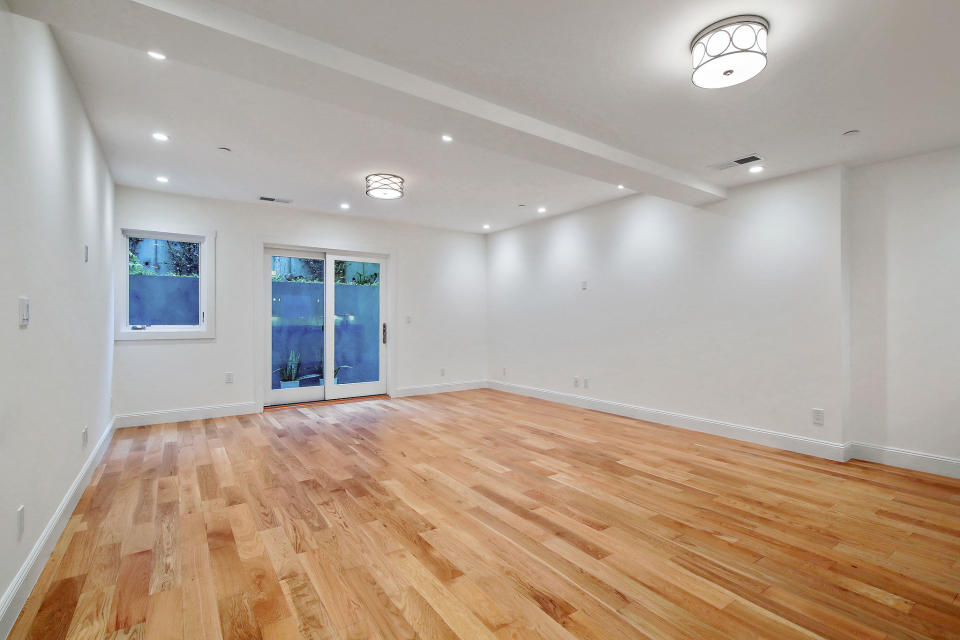
Hatvany remains optimistic, however. She expects three ADU units in San Francisco’s Russian Hill neighborhood to finish construction this July: two 300-square-foot studios to rent for $1,800 a month each and an 800-square-foot one-bedroom with den for $3,500 a month. She also expects an annual return of between 5% and 10% on these converted apartments once they’re rented out — less than what she was generally expecting. But ultimately, Hatvany contends what she’s doing is “philosophically great” by “expanding a basic need” and offering more housing.
More obstacles to renovation
Mark Hogan, a San Francisco-based architect, is in the process of helping his clients convert 12 ADU units in San Francisco to full-fledged apartment units. Over the last three years, he’s helped design and renovate at least 36 garages and storage spaces in apartment buildings into ADUs, from 300-square-foot studios to 1,000-square-foot two-bedrooms.
One of Hogan’s most recent efforts, completed this April, includes the renovation of two units at 201 Roanoke St., an eight-unit building in San Francisco’s Glen Park neighborhood. The 900-square-foot two-bedroom unit at 201 Roanoke St., which required roughly $300,000 in total expenses for the permit and renovations, rented out to a tenant for $5,400 a month. That’s 17.6% higher than the median two-bedroom rent across all of San Francisco, which is $4,593, according to Zillow.
“There are a lot of reasons people will do something like this ... but these units, which are going into larger apartment buildings and rental buildings are usually just about maximizing revenues,” Hogan explains.
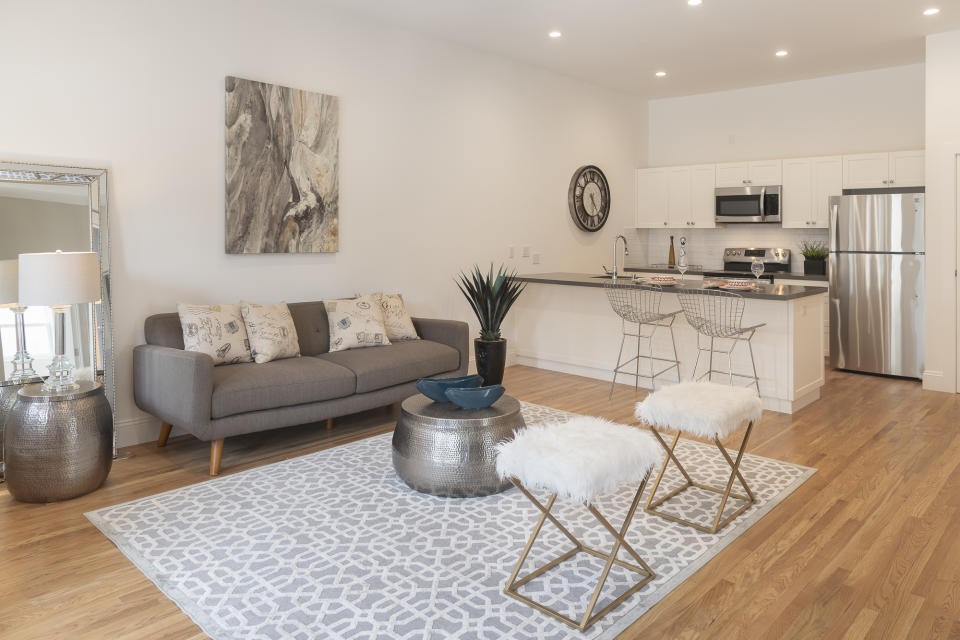
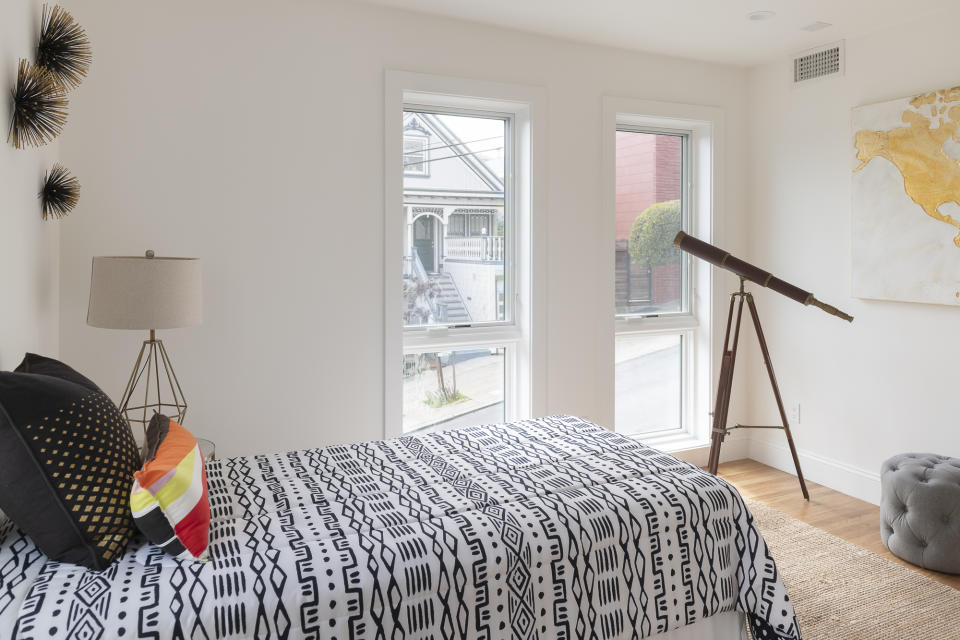
But not every ADU project has gone according to plan for Hogan, either. One San Francisco project Hogan declined to specifically name hit a snag when he discovered the dirt and rock under a slab in the foundation of a building needed to be removed in order to pour new wall “footings,” strips of concrete used to support a wall. Additional excavation and foundation work isn’t uncommon, but it was an unexpected snag that cost the landlord several thousands of dollars in additional fees. (“Soil conditions or existing foundation depths could be substantially different than what is anticipated,” he adds.)
The upfront estimated cost of converting a garage to an apartment has put off some prospective clients, according to Hogan, who declined, for privacy reasons, to specify which ADU projects he’s worked on were canceled and the names of the clients attached to those projects.
“There are projects where the cost is too much of a risk to move forward because people were concerned that they would lose money,” he added.
A losing proposition? Certainly, that’s a dilemma many San Franciscan renters can also identify with.
Follow Yahoo Finance on Twitter, Facebook, Instagram, Flipboard, SmartNews, LinkedIn,YouTube, and reddit.
More from JP:

 Yahoo Finance
Yahoo Finance 